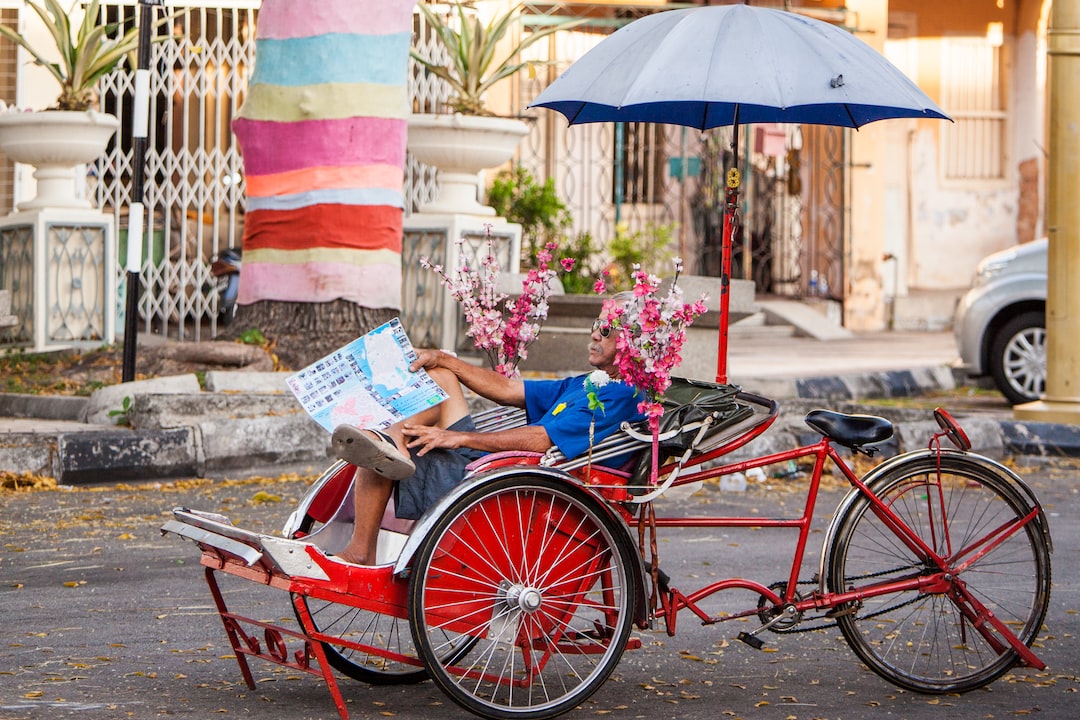Reviving Traditional Crafts: Celebrating Artisanal Skills in the Modern World
In today’s fast-paced and technologically advanced world, traditional crafts and artisanal skills are often overlooked and undervalued. However, there has been a recent resurgence in the appreciation of these age-old practices, as people recognize their significance in preserving cultural heritage and fostering a sense of craftsmanship. In this blog post, we will explore the importance of reviving traditional crafts and celebrating artisanal skills in the modern world.
Traditional crafts are more than just skills passed down from one generation to another; they embody a sense of history and culture. These crafts reflect the knowledge, traditions, and beliefs of societies throughout the ages. They provide a tangible link to our ancestors and offer insight into the way of life, socioeconomic conditions, and artistic expressions of times gone by.
One of the reasons traditional crafts have declined in recent decades is the preference for mass-produced, machine-made goods. With the convenience of modern manufacturing processes, many traditional crafts have been replaced by cheaper, uniform products. However, this mass production often fails to capture the unique qualities and personal touch found in handcrafted items. Artisanal skills showcase the individuality and creativity of the craftsperson, resulting in objects that are not only functional but also imbued with cultural meaning and emotional value.
Reviving traditional crafts is vital for preserving cultural heritage. As globalization continues to homogenize societies, traditional crafts serve as a powerful expression of identity and difference. These crafts symbolize a particular region’s history, customs, and folklore. By preserving and promoting these crafts, we can ensure that cultural diversity is maintained and celebrated.
Furthermore, reviving traditional crafts supports local economies and communities. Artisanal skills provide employment opportunities for local craftsmen and craftswomen, contributing to the growth and sustainability of local economies. By valuing traditional crafts, we can encourage the continuation of these skills, allowing artisans to make a living doing what they love. Additionally, traditional crafts often involve the use of locally sourced materials, supporting local suppliers and fostering a sense of interdependence within communities.
In recent years, there has been a growing movement of individuals, organizations, and governments dedicated to preserving and reviving traditional crafts. Craft fairs, exhibitions, and workshops have become popular avenues for showcasing traditional crafts and connecting artisans with a wider audience. Social media platforms and online marketplaces have also played a significant role in promoting artisanal skills, allowing craftsmen and craftswomen to reach a global market that would have been otherwise inaccessible.
Celebrities and influencers have also been instrumental in popularizing traditional crafts. Many designers and artists have incorporated traditional techniques into their contemporary work, creating a fusion of traditional and modern aesthetics. This blending of old and new brings a fresh perspective to traditional crafts and attracts a younger generation who may have been disconnected from their cultural heritage. By making traditional crafts trendy, they become more accessible and relevant in the modern world.
In conclusion, reviving traditional crafts and celebrating artisanal skills is crucial in preserving cultural heritage, fostering a sense of craftsmanship, and supporting local communities. These crafts provide a tangible link to the past, allowing us to understand our roots and appreciate the beauty of traditional techniques. As we navigate an increasingly globalized and digitized world, it is essential to recognize the significance of traditional crafts and their contributions to our collective human experience. Let us appreciate and support artisans, for they hold the keys to our cultural inheritance and offer a glimpse into our shared history.

